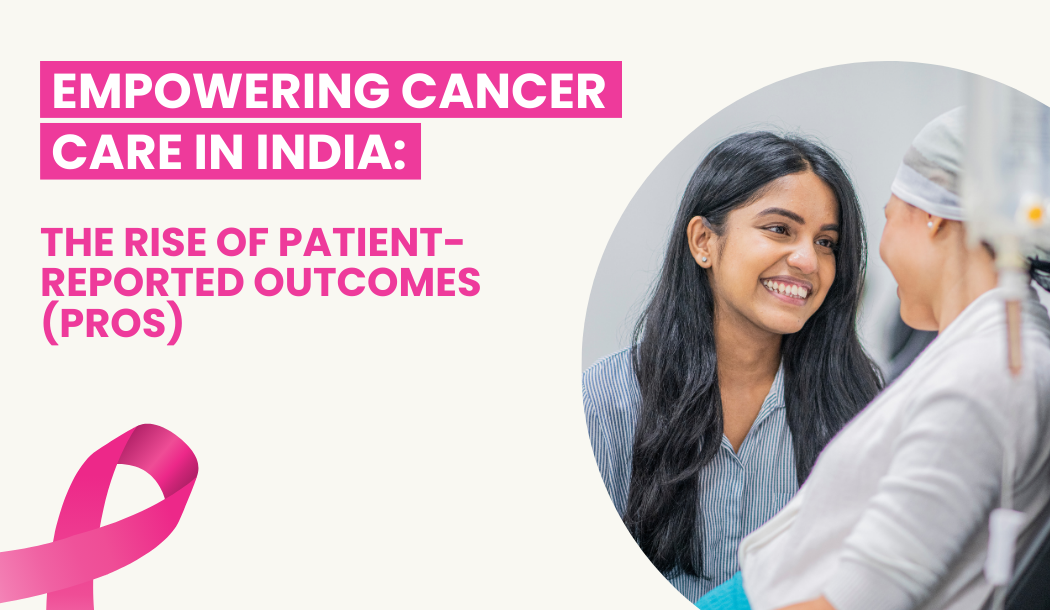Pharma Sahi Daam App: Revolutionizing Medicine Price Transparency in India
What is Monkeypox? Everything You Should Know About the 2024 Global Outbreak
Introduction
Monkeypox, often referred to as "mpox," has emerged as a significant public health concern in recent years, particularly due to its potential to cause outbreaks that cross borders. While it remains less well-known than other viral diseases, monkeypox poses a serious threat, especially in regions with limited access to healthcare. In this blog, we will explore the origins, symptoms, transmission, treatment, and prevention of monkeypox, with a special focus on the ongoing 2024 outbreak and its global implications.
What is Monkeypox?
Monkeypox is a viral zoonotic disease, meaning it is transmitted to humans from animals. The disease is caused by the monkeypox virus, which belongs to the Orthopoxvirus genus, the same family that includes the variola virus (smallpox). Monkeypox was first discovered in 1958 when two outbreaks of a pox-like disease occurred in monkeys kept for research, hence the name. However, the virus primarily resides in wild animals, particularly rodents, and can occasionally spill over to humans.
Monkeypox is endemic to central and west African countries, particularly in regions close to tropical rainforests where animals that carry the virus are found. However, recent outbreaks have shown that the disease can spread beyond these regions, leading to international concern.
Symptoms of Monkeypox
Monkeypox presents with symptoms similar to, but generally milder than, smallpox. The illness begins with a fever, which is often accompanied by:
- Headache
- Muscle aches
- Backache
- Swollen lymph nodes (a key distinguishing feature from smallpox)
- Chills
- Exhaustion
A few days after the fever begins, a rash develops, often starting on the face before spreading to other parts of the body. This rash progresses through several stages, from macules (flat lesions) to papules (raised lesions), vesicles (fluid-filled lesions), pustules (pus-filled lesions), and finally scabs. The rash can be very itchy and may leave scars once it heals.
The symptoms generally last for 2 to 4 weeks. In severe cases, especially in children, pregnant women, and immunocompromised individuals, complications can arise, leading to a more serious illness or death.
Transmission of Monkeypox
Monkeypox can spread from animals to humans, and from humans to other humans. The primary modes of transmission include:
-
Animal-to-Human Transmission: This occurs through direct contact with the blood, bodily fluids, or skin lesions of infected animals. Consuming undercooked meat from infected animals can also be a route of transmission.
-
Human-to-Human Transmission: Although less common, monkeypox can spread between people through close contact. This includes contact with respiratory droplets, skin lesions, or contaminated objects such as bedding or clothing.
-
Environmental Transmission: The virus can survive on surfaces, which means that contact with contaminated materials can also lead to infection.
Current Outbreak: The 2024 Situation
As of August 2024, the world is witnessing a significant monkeypox outbreak, particularly in Central Africa. The Democratic Republic of the Congo (DRC) is at the epicenter of this outbreak, with over 16,800 reported cases and more than 500 deaths. Most of these deaths have occurred in children under 15 years old. The strain responsible for this outbreak, known as clade Ib, has shown a higher fatality rate compared to previous strains.
The outbreak has not been confined to Africa. Cases have been reported in at least 15 other countries, including isolated incidents in Europe, where a case was confirmed in Sweden. The World Health Organization (WHO) has declared this outbreak a Public Health Emergency of International Concern (PHEIC), highlighting the severity and the potential for further international spread.
In response to this outbreak, there have been efforts to secure vaccines, though challenges such as limited availability and logistical difficulties in distribution remain. The Africa Centers for Disease Control and Prevention (Africa CDC) is in negotiations to procure vaccines, but these efforts have yet to meet the scale required to control the outbreak effectively (World Health Organization (WHO)) (Nature).
Diagnosis and Treatment
Diagnosing monkeypox typically involves clinical evaluation and laboratory testing. The distinctive rash and the presence of swollen lymph nodes are key clinical signs. Laboratory confirmation is usually done via polymerase chain reaction (PCR) testing.
There is no specific treatment for monkeypox, but supportive care and management of symptoms are essential. In severe cases, antiviral medications such as tecovirimat (TPOXX), originally developed for smallpox, may be used under certain circumstances. The effectiveness of vaccines developed for smallpox against monkeypox, particularly the JYNNEOS vaccine, has also been recognized, providing up to 85% protection.
Prevention and Control Measures
Preventing monkeypox requires a combination of public health strategies and personal precautions:
-
Avoid Contact with Wild Animals: Refrain from touching or consuming wild animals, particularly in regions where monkeypox is endemic.
-
Personal Protective Equipment (PPE): Healthcare workers and others who may be exposed to monkeypox should use appropriate PPE to reduce the risk of transmission.
-
Isolation and Quarantine: Infected individuals should be isolated to prevent the spread of the virus, and close contacts should be monitored for symptoms.
-
Vaccination: In areas with ongoing transmission or in the context of an outbreak, vaccination is a crucial tool for preventing further spread.
-
Public Awareness: Educating communities about the risks of monkeypox and the importance of early detection and treatment can significantly reduce the impact of the disease.
Conclusion
Monkeypox, once considered a rare disease confined to specific regions, has emerged as a global health concern. The ongoing outbreak in 2024 underscores the importance of vigilance, rapid response, and international cooperation in controlling such infectious diseases. By staying informed and taking appropriate preventive measures, we can mitigate the spread of monkeypox and protect vulnerable populations.
For more information on global health topics and updates on the current monkeypox outbreak, visit The Pharma Daily and stay informed with the latest news and insights.












